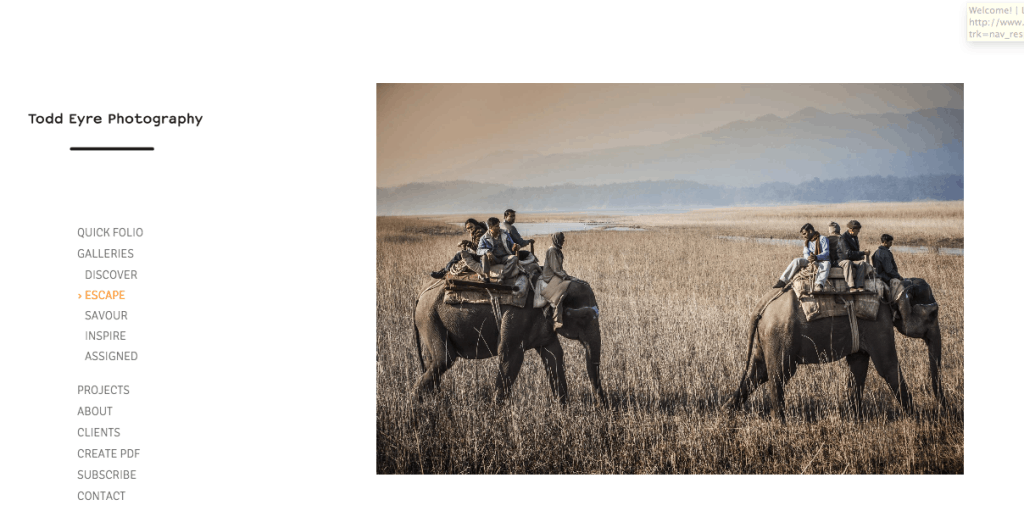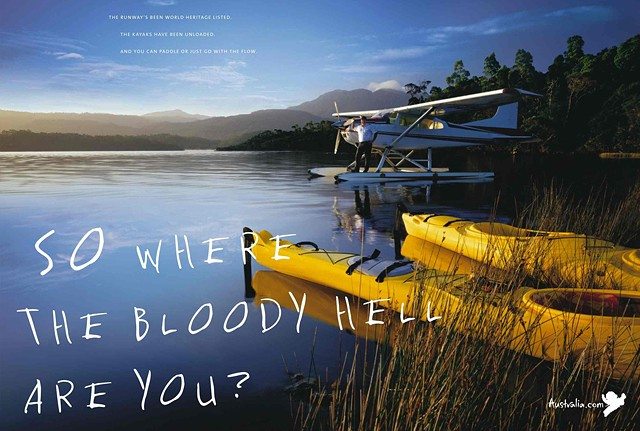Just over a year ago I met one of my top ‘students’. John (we’ll call him that) is an Australian photographer. He had just turned 50 and was shooting local editorial and below the line (read budget) jobs. He earned much of his income from his rental studio business. After some initial planning we established that his dream was to shoot conceptual work for large advertising brands in Asia. He was more than capable of achieving this, but just didn’t know where to start.
One year later, almost to the day, John was facing the difficult but exciting dilemma of which rep he would choose. Approached by the three top agents in Asia for exclusive representation, he has now been put forward for some of the biggest jobs floating around Asia and is already being invited to stay with clients in their homes, join them for dinners, collaborate with them.
The steps to this, just the very beginning of his success, were so simple and are part of the process through which I take many of my clients. But I would say that John has been particularly pro-active at implementing these things and this has mainly come from his complete trust in me, for which I feel very grateful. It has also turned into a wonderful friendship.
Here are some of the very basic things we put into place for John, and which you can apply to your business.
1. Decide if you want to be a unique artist or a manager of a company
‘We have a full service studio to meet all your photographic needs’ is a common line I read on photographers websites. So what are you? A manager of a studio facility for photographers? A company offering photographic services shooting anything and everything? Or a unique artist? Sorry folks, but if you are a unique artist they just want to know you can get the shot. If you do want to build a company to sell take your name off the website and keep your own brand separate. And decide if you are a ‘we’ a ‘he’ or an ‘I’ and stick to it! John was promoting his studio to other photographers whilst also promoting his own brand as a company. We removed ‘we’, shifted the studio (and anything else directed at photographers) to a different website and concentrated on building his profile as a unique artist.

2. Focus on where you want to go, not where you have been.
Show only the work you love shooting, and want to be shooting. What is your favourite style and approach? Stick to this. Quality not quantity. Clients will still book you for the other work- they’ll just respect you more. We removed all of John’s food and product work and concentrated on his wonderful conceptual personal pieces, intermingled with fashion, and now clients are blown away by his folio.
3. Research the perfect target brands and creatives for you
Research, research, research! And then research more! Find the brands using similar photography approaches to your style of work. Research creatives and designers who have won awards. What kind of photography did they commission? If you think you could have shot their last campaign, they should be on your target list. Research is the toughest work to do. Subscribe to industry blogs to get regular updates on what’s going on in the industry. Save interesting articles so you have a good collection of info when you need to start contacting specific people. John worked tirelessly on this and still does, but it’s starting to pay off.
4. Make sure you share your work in your target market’s language
Your website should speak to your target market. If you want work from lifestyle homeware brands use terminology they relate to. If you are targeting a fashion client use their language. Automotive? same deal. Make sure everything you put out there and where you put it is relevant to your target market. For John we chose easy to find website category names which we felt were interesting but succinct for busy creatives and art buyers looking for conceptual fashion photography.

5. Connect regularly and stay in touch
Touch base regularly with your target clients confidently and in a multitude of ways. A beautiful image on a card with a personal note on the back. An Email with a compliment and some information. 90 day face-to-face visits. We created a monthly direct mail plan so that when John made that call they knew exactly who he was and were keen to meet him. And a good follow-up plan is essential.
6. Never stop shooting personal work
Good clients want to know you are passionate and actually care about photography. Prove this by walking the talk. Set yourself personal project goals and share them on a blog, in social media and on your website. John is a prolific shooter so we just had to ensure he focused on shooting personal projects which matched his end goal- conceptual fashion. I recently updated his folio and was able to add beautiful new images shot in Asia- crucial to gaining the respect and trust of the local creatives. He has a year long project lined up for next year- I can’t wait to see the results.
If you’d like to work your way through 8 key steps to get paid to shoot what you love, sign up to my newsletter for a mini-course which will drop into your Email box over 8 days and give you daily actions to get you closer to up-levelling your photography business and being on top of the pile.

 Marketing
Marketing Folios & Editing
Folios & Editing Finding Direction
Finding Direction Asia Assignments
Asia Assignments Personal Work
Personal Work Closing the deal
Closing the deal Most Recent
Most Recent Case studies
Case studies Interviews
Interviews